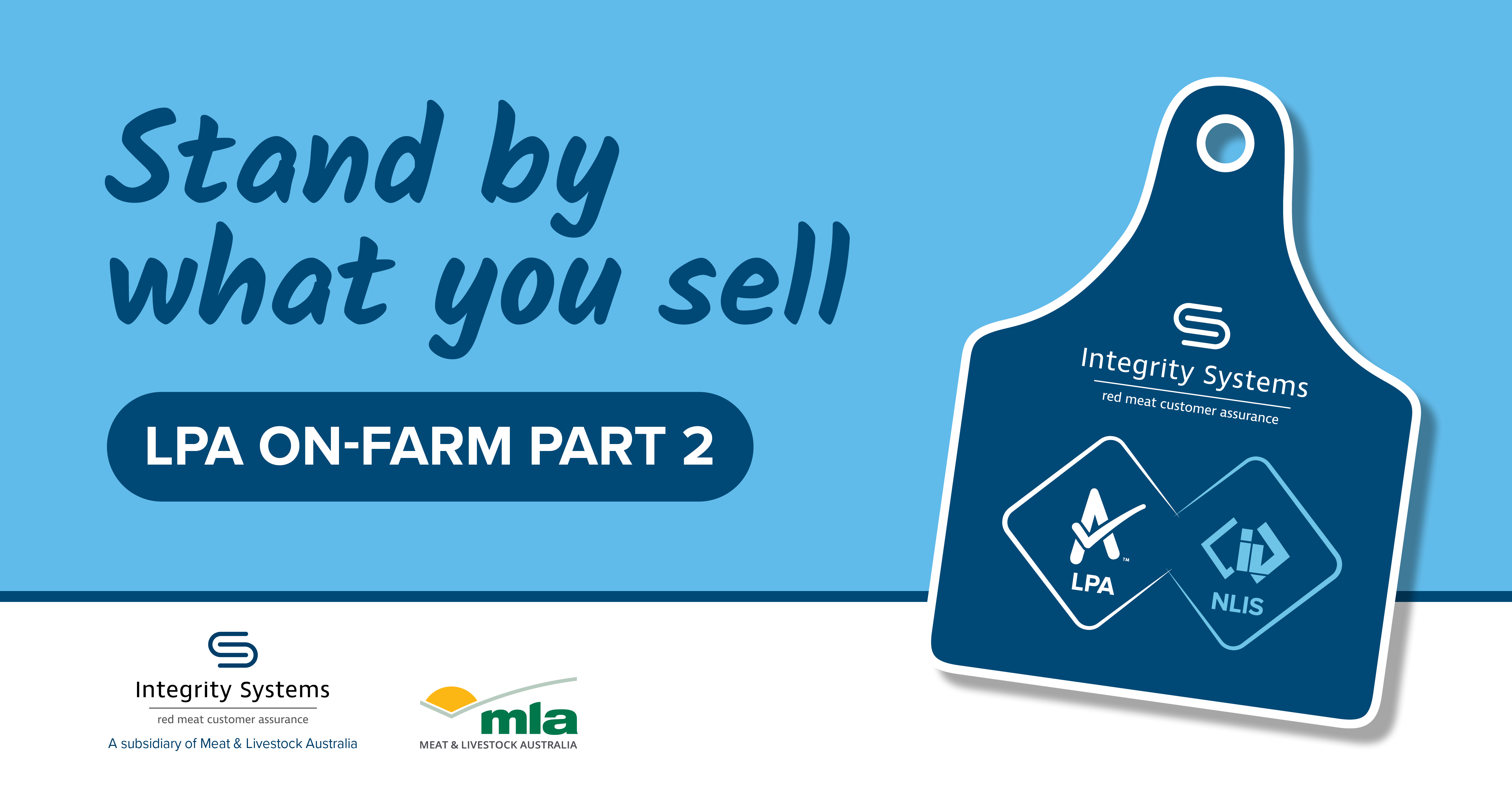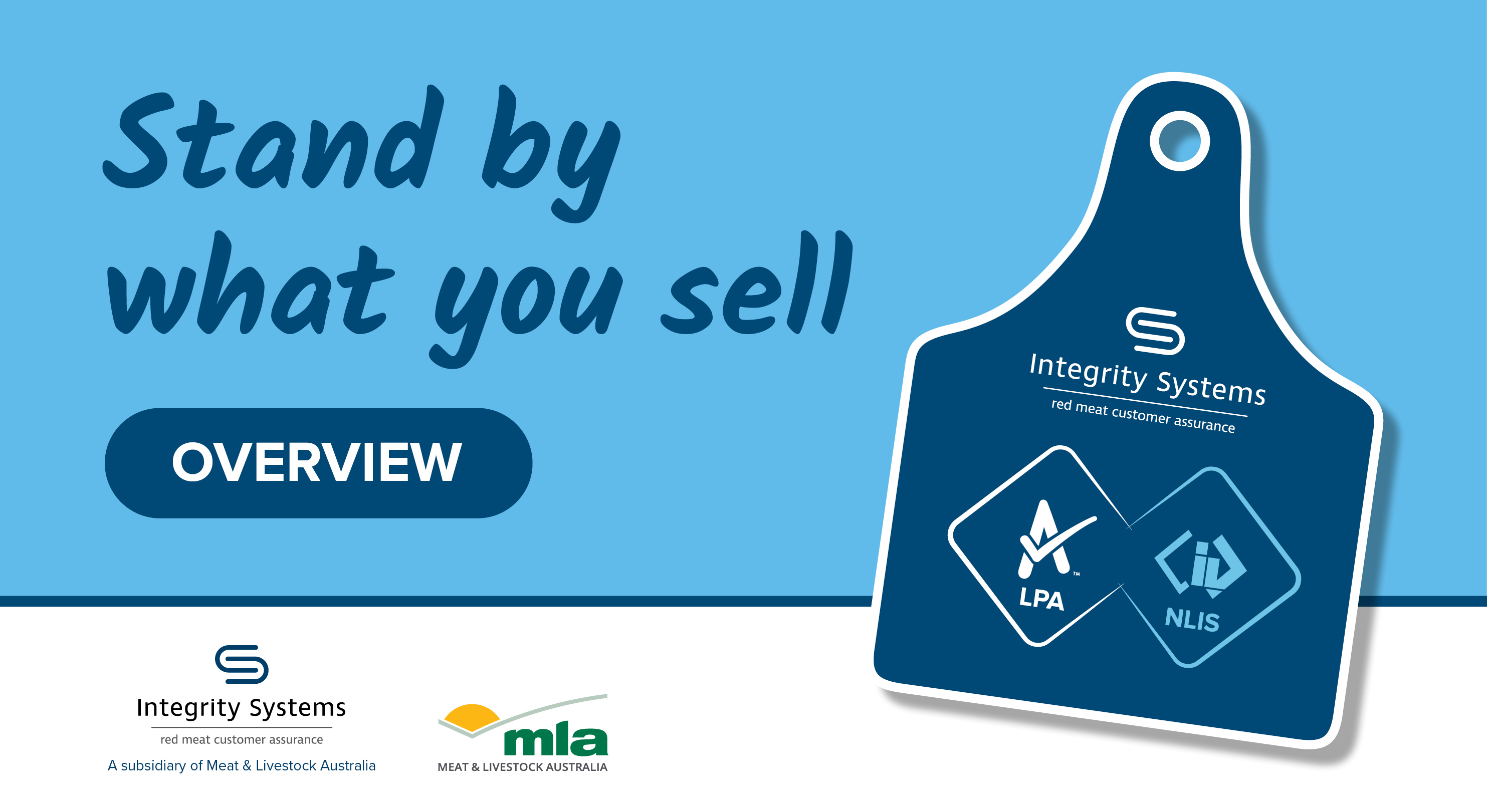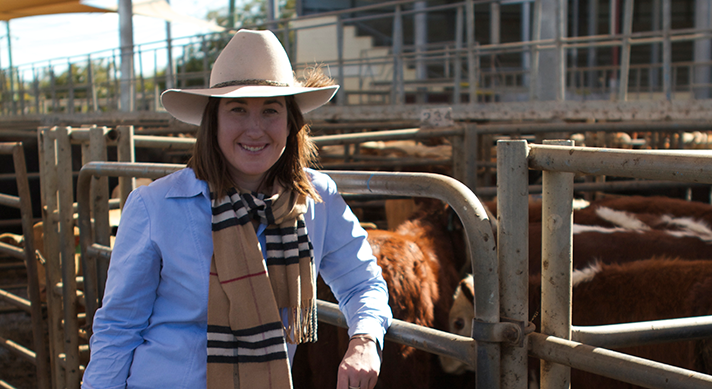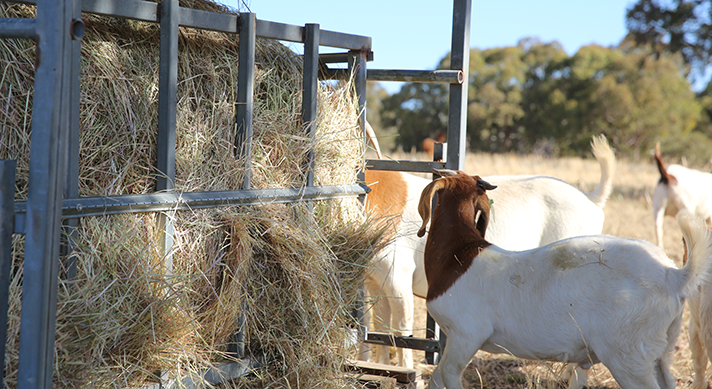Run an early warning (EW) status report
Related information Run an early warning (EW) status report Early Warning (EW) is a status within the ... high-risk. The EW status helps monitor and manage food safety and biosecurity risk along the entire supply chain. It is the vendor’s responsibility
read moreNavigating the NLIS database - New South Wales
Join this webinar, held in partnership with NSW Department of Primary Industries, for tips and hints on how to use the NLIS database on-farm.
read moreNavigating the NLIS database - South Australia
Join this webinar, held in partnership with the Department of Primary Industries and Regions and Livestock SA, for tips and hints on how to use the NLIS database on-farm.
read moreNavigating the NLIS database - Tasmania
Join this webinar, held in partnership with the Department of Primary Industries, Parks, Water and Environment and Tasmanian Farmers and Graziers Association, for tips and hints on how to use...
read moreEarly Warning
Early Warning (EW) is a status within the National Livestock Identification System (NLIS) database that is automatically assigned to a property carrying a high-risk animal or animals.
read moreRed meat integrity system
Find out more about the Australian red meat integrity system
read moreThis webinar will take an in-depth look at LPA’s final three modules: Livestock transactions and movements, Biosecurity and Animal welfare
read more
Handling livestock? Join this webinar
ISC’s webinar series continues this August with a new two-part series to help you meet LPA requirements on-farm and guarantee market access for your livestock.
read more
Three farm record-keeping tips
Need to get your farm records in order? Here’s some advice from other producers on how to keep your records in shape.
read more
Find out how to protect your livestock from the mice plague.
read more